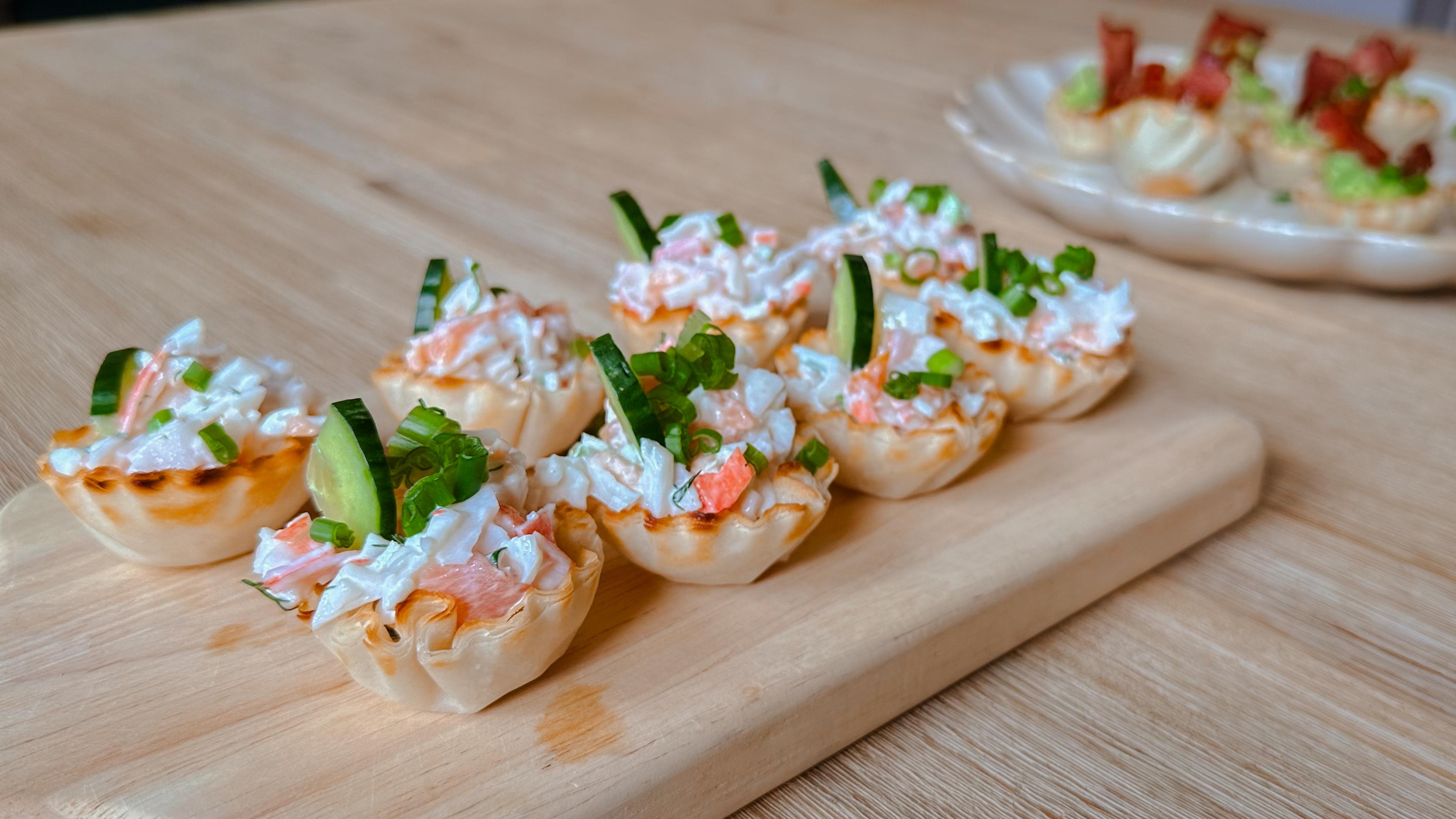Handy Tips for Brushing Your Baby’s Teeth

Julie Bitely
| 3 min read

When you have your first baby, you quickly realize how much you don’t know.
Take oral healthcare, for example. Apparently, you’re supposed to wipe down a baby’s gums with a soft moistened cloth at least twice a day, and ideally after feedings and before bedtime.
That didn’t happen with our daughter – sorry, sweetie. It’s not because my husband and I wouldn’t have, we just had no idea it was something we should be doing. Wiping the gums washes off bacteria that could damage infant teeth as they break through.
Now that she’s got a mouthful of teeth, we try to make brushing a priority, but if I’m honest, it’s hard. She sings and babbles happily all day long, but try to get her to open up for a brushing, and she clamps her little mouth shut.
Still, we’re trying to be persistent, because even though they’ll eventually fall out, baby teeth are important for chewing and speech development. Healthy baby teeth and oral hygiene habits set the stage for a healthy adult smile.
We’ve found the best way to get her to brush is to do it together. She loves to mimic whatever mom and dad say or do, which includes brushing our teeth. When one of us brushes in the morning or evening, we just offer her brush to her, which seems to work. She might not be getting every tooth from every angle, but watching us and brushing at the same time, works surprisingly well. We also offer some assistance in an attempt to cover more of her teeth than she reaches on her own.
The American Dental Association recommends using just a smear – about the size of a grain of rice – of fluoride-containing toothpaste on your child’s brush if they’re under three years old. For kids ages three to six, a pea-sized amount will do the trick. Make sure little ones aren’t swallowing the toothpaste and if yours can’t grasp the concept of not swallowing it, you might want to try a non-fluoridated variety. Since fluoridated toothpaste contains significantly more fluoride than fluoridated water, swallowing it every day can affect the color on developing permanent teeth that haven’t yet erupted.
The ADA also recommends that you bring your baby to the dentist soon after their first tooth comes in and no later than their first birthday. *
Have any tips for brushing baby and toddler teeth? Share them with us here!
*Yet another thing we didn’t know. Making a dentist appointment for my now 17-month-old, stat. Sigh.
This blog post is part of #HealthyMe, a personalized web experience based on your health and wellness goals. To sign up today, visit https://www.ahealthiermichigan.org/healthyme
Photo credit: Jan Hoffmann





